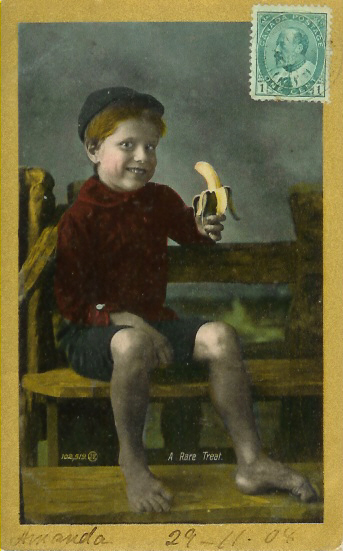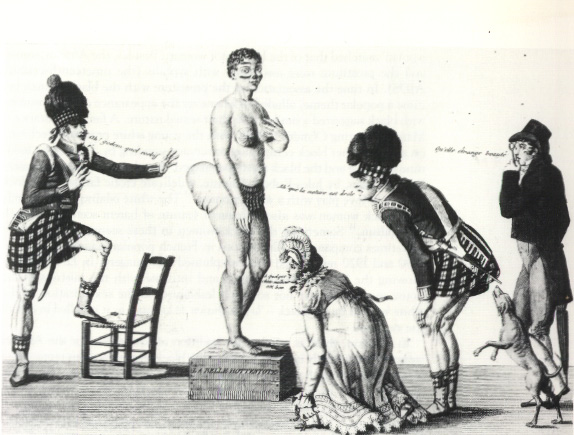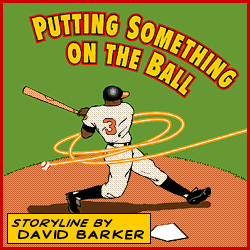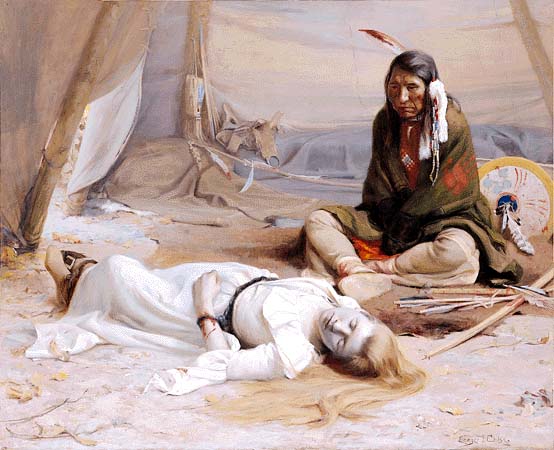
Charles Wilson Peale, "Self Portrait of the Artist in His Museum," 1822 (Pennsylvania Academy of the Fine Arts)
Reading
You are expected to do the reading, and to complete it in a timely manner (i.e., prior to the meeting of the class). There is a substantial reading load and so I strongly recommend that you form into 3-4 person reading-groups. You are welcome and encouraged to split up the reading within the group as long as each reader has an opportunity to report back to the group of the material that he/she has read.
Museum Visits
Museum visits are planned around many weekly assignments and will usually happen on a day other than the day of the class. We will discuss at the first class how we will schedule off-campus visits. It is possible that not everyone will be able to visit every site, but the expectation is that you will make most of the visits. (Please contact me if you think you will have a problem with this.) Museum visits and information related to the visits will be posted under the "Announcements" section of Blackboard. All museum visits listed in this syllabus are tentative -- finalized visits will be announced with sufficient time so that you can plan around it.
Requirements and Grading
(1) Weekly Assignments:
Three students (approximately -- the number can change depending on the number of people in the class) will be in charge of each class session. Each of the three will write a short (3-5 page) paper on any analytic or historiographic issue raised in the readings assigned for that week. The work of focusing on the reading assignments should be divided among the three, so that all the reading assignments are covered. These papers will be posted to the Blackboard "Discussion Board" by the Tuesday afternoon (no later than 6:00 PM) prior to each Wednesday evening's class at which point we will all discuss the readings and the three papers. The three will also be in charge of organizing and beginning the discussion. I highly recommend that the group meets prior to the class meeting so as to plan the class.(2) Museum Critiques (two) Information on the writing of museum critiques will be handed out at the start of class and will be based on "Museum Critiques - Visiting the Museum." The first critique is due March 9; the second critique is due April 6.
(3) Final Project [Click on "Final Project" for full description]
A final museum-design project (don't worry - technical expertise not required). Proposal due April 13; Bibliography/resources due April 27; Final project due by May 19 at 9:00 AM. No extensions beyond that date without an official incomplete.
(4) Participation. Class participation is essential and will be reflected in your grade. I understand that not everyone finds it as easy to participate actively, but this is a small class with a lot of interesting things happening. As you are very bright people, I'm confident that you'll all have wonderful things to contribute to the course. If you feel that something is preventing your full and eager participation in the course, please see me and we will try to sort it out.
25% Museum Critiques: First = 10%; Second = 15% 25% Final Project 25% 25% It is very important that presentation papers are posted on time so that everyone will have a chance to read them prior to class. Papers which are late will be graded down. If you know you will have trouble getting your paper posted on time, please let me know as soon as possible.
Museum critiques that are late will be graded down one grade step (e.g. from a "B" to a "B-" for each day that it is late).
A Note on the Readings:
All books recommended for purchase should be available at the Oberlin College bookstore (or through on-line booksellers). These books will also be on reserve in the library. All the articles WHICH ARE NOT IN ONE OF THE BOOKS RECOMMENDED FOR PURCHASE are available in the Reserve room and on the Electronic Reserve (ERes) system. Please let me know if a specific article or book is not available.
Museum Sites on the Web
There are literally hundreds of museum sites on the web. I have listed a few sites devoted to museum associations, meta-sites on museums, local area museums, and a brief list of a few of my favorites. Virtual visits do not replace "real" visits, but they can be interesting, and some sites are quite superior to others. You might make note of what it is that makes a virtual museum site good.
Books Recommended for Purchase:
Bettina Bessias Carbonell, Museum Studies: An Anthology of Contexts (Malden, MA: Blackwell Pub.), 2004.
Timothy W. Luke, Museum Politics : Power Plays at the Exhibition (Minneapolis : University of Minnesota Press), 2002.
Lawrence Weschler, Mr. Wilson's Cabinet of Wonder. Pronged Ants, Horned Humans, Mice on Toast, and Other Marvels of Jurassic Technology (New York: Vintage Books), 1996.
Buchenwald Museum (Weimar, Germany)
PART I: MUSEOLOGY: SOCIAL AND CULTURAL PAST
AND THE DEVELOPMENT OF NARRATIVE STRUCTURES
February 9: "The Primary
Function of Any Museum Is…" Introduction. What is a Museum?
*Sharon Macdonald, "Introduction," in Theorizing Museums. Representing Identity and Diversity in a Changing World, ed. Sharon Macdonald and Gordon Fyfe (Oxford: Blackwell Publishers, 1996), pp. 1-18. [* means that the article is on Electronic Reserve -- ERes]
*Carol Duncan, "The Art Museum as Ritual," in Civilizing Rituals. Inside Public Art Museums (London and NY: Routledge, 1995), pp. 7-20. [ERes]
*Eilean Hooper-Greenhill, "What is a Museum?" in Museums and the Shaping of Knowledge (London and New York: Routledge, 1992), pp. 1-22. [ERes]
Theodore Low, "What Is a Museum?" [1942] in Gail Anderson, ed., Reinventing the Museum: Historian and Contemporary Perspectives on the Paradigm Shift (Walnut Creek, CA: AltaMira Press, 2004), pp. 30-43.
Duncan F. Cameron, "The Museum, A Temple or the Forum" [1971], in Anderson, ed., Reinventing the Museum, pp. 61-73. [ERes]
James A. Boon, "Why Museums Make Me Sad," in Ivan Karp and Steven D. Lavine, eds., Exhibiting Cultures. The Poetics and Politics of Museum Display (Washington and London: Smithsonian Press, 1991), pp. 255-277. [NOTE: This is a good essay to read both at the beginning and the ending of the course. In its style, almost more than in its content, it mimics the museum and the process of museum going. Read it first, without stopping to figure everything out. Then return to it at the end of the course and see what you make of it.][ERes]





